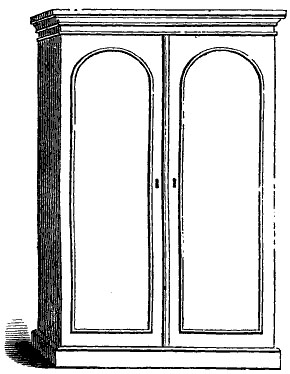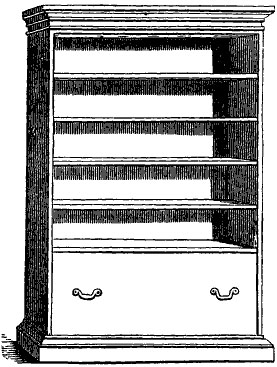When most of us think of the early Victorian era, we think of highly ornamental furniture and decor. However the book ‘The Architecture of Country Houses‘ published in 1859, suggests that the highly gilded, ornate furnishings and details should be left to city dwellings. The mindset of cottage homes was to have a more subdued and peaceful surrounding. The book goes as far as to say that decoration is uncalled for in small cottage homes. The book suggests the decor should include a simple and classic design when furnishing the country cottage home.
Included in the chapter on furniture, from the above mentioned book, was the benefit of using classic designs over the fashionable ones. Like today, and every decade prior, the fashions are as flighty as the wind. They change practically every season. So when choosing a classic design that has withstood the test of time, it can be cherished over the years by its’ owner. Whereas its’ highly fashionable counterpart will, after a few years, be found stashed away in the attic and all its’ charms lost.
To start our series of Cottage Furniture we will be begin in the bed-room with the wardrobe. This is what the book has to say about the following illustrations.


This shows a simple form of wardrobe in the Italian style – which may be made by any cabinet-maker – of pine and either stained, painted drab, or grained an imitation of oak or black-walnut. The interior of this wardrobe is shown, being adapted for a clothes-press or linen-closet.
Ever wondered what the color drab was? Here is how the book says to produce this color – The addition of a little blue-black (or very finely powdered charcoal) to the whitewash will produce a gray ; add to this a little raw umber and the result is a drab.
